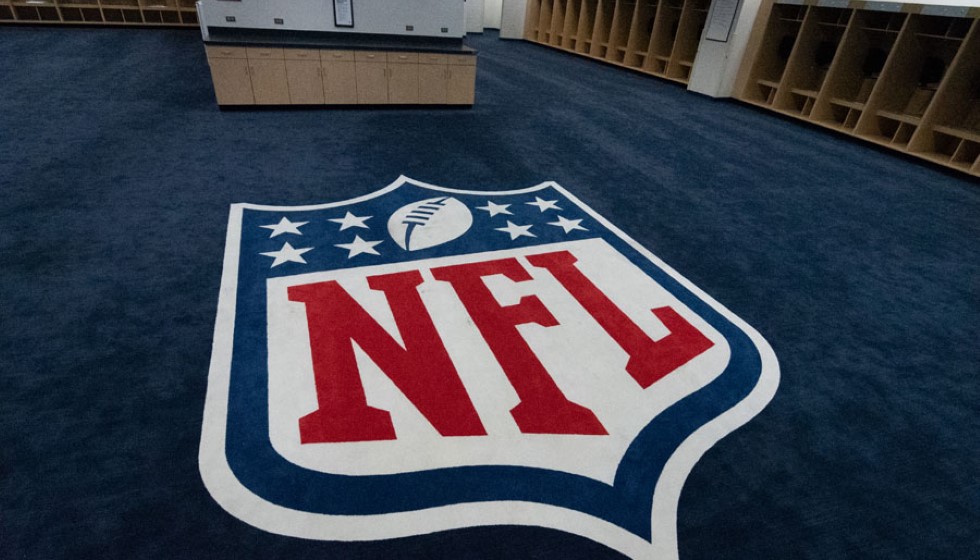
Saquon Barkley is not just running for touchdowns this season; he’s running into the record books. The New York Giants’ standout running back has set his sights on breaking a rare barrier, aiming to become the first running back to secure the coveted NFL MVP award in over a decade. Such an achievement would not just be a personal triumph but also a testament to his explosive talent and unmatched performance on the field.
This season, Barkley has amassed a staggering 1,392 rushing yards, demonstrating his prowess and consistency as an elite NFL player. Notably, his effectiveness significantly amplifies in the second half of games. With 920 rushing yards coming after halftime, Barkley showcases a stamina and strategic acumen that few can replicate. His average of 7.9 yards per carry in the second half is a record-breaking feat, unrivaled in the last 30 years. To put this in perspective, the legendary Barry Sanders averaged 6.9 yards per carry during his phenomenal 1997 season.
A Strategy for Success
What has propelled Barkley to such heights is not just raw talent but a tactical approach to the game that thrives under pressure. Lane Johnson encapsulates this dynamic aspect of football: “There's a lot of stuff you can game plan through throughout the week, and then, you know, you get to the game, and they may show up in a different defense. You have to make those adjustments after each series and like halftime, you know, some plays that maybe don't run the first half, run the second half. So I think I credit it to that.” Indeed, Barkley’s adaptability and strategic execution have played significant roles in his late-game success.
Barkley has converted his second-half opportunities into seven touchdowns. His persistence echoes in the sentiments of Mekhi Becton, "Like the run game isn't always gonna hit off the first run. It's one of those things where we gotta keep going and going and wait for it to just hit. I feel like we've done that every game this year." Barkley embodies this philosophy, with patience and aggression blending perfectly for game-changing plays.
Physicality and Endurance
The Giants’ focus on developing a "physical run game" is apparent as Barkley continues to grind defenses into fatigue. Offensive coordinator Kellen Moore explains, "I do think there is an element of -- we pride ourselves on being a really physical run game, and those things wear on you as the game goes on when you get the opportunities we get. And the way the games have played out, you can keep grinding it out as the second half progresses, and those big plays eventually pop."
His second-half statistics go beyond personal milestones and impact the league standings. Barkley has rushed for more second-half yards than both Chuba Hubbard and Najee Harris combined, cementing his role as one of the Giants’ most reliable weapons. Despite the Philadelphia Eagles leading the league with an impressive average of 118.8 second-half and overtime rushing yards per game, Barkley's individual numbers remain a standout.
Breaking New Ground
Holding the position of the fourth-leading rusher in the NFL based on second-half performance, Barkley exemplifies endurance and excellence. The disparity in yards per carry—5.9 for the Eagles versus Barkley's 7.9 in the latter half—further distinguishes his extraordinary contributions.
Ultimately, Barkley's consistent second-half performance not only pressures opponents but also elevates him into discussions reserved for the very best. His mixture of physical resilience, strategic intelligence, and remarkable skill places him firmly on the path to potentially redefine what's possible for a running back in today's NFL. Whether or not this earns him MVP honors remains to be seen, but his impact this season is undeniably shaping the narrative of excellence on the gridiron.